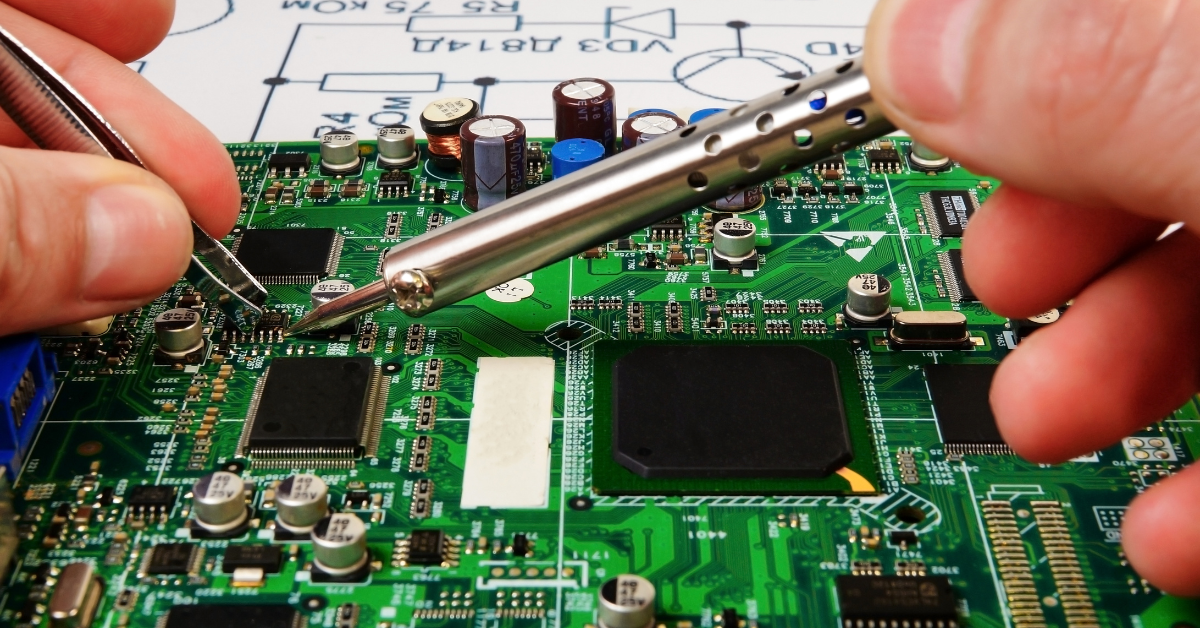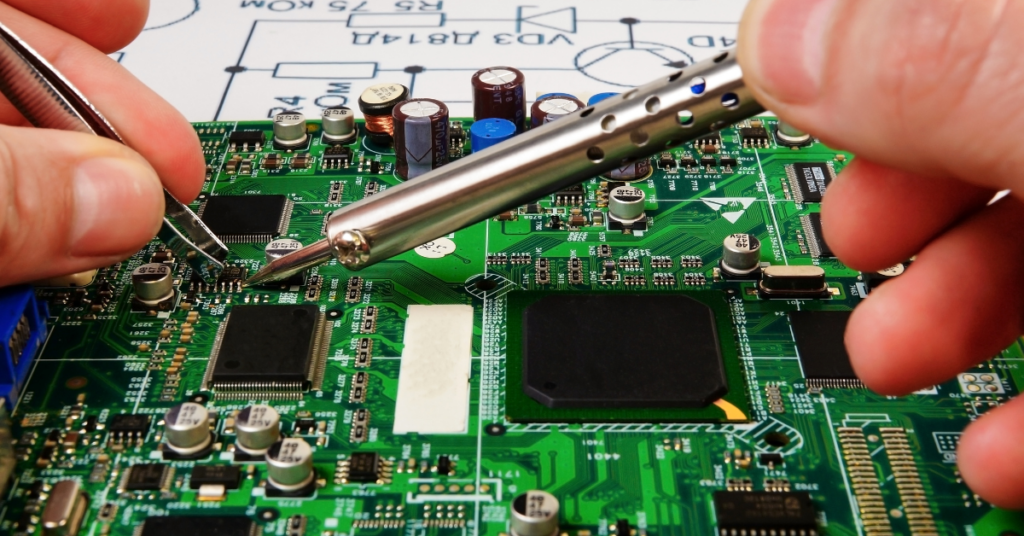Nvidia Stock Soars: AI Powerhouse Faces New Competition and Evolving Regulations
Nvidia’s stock price has tripled in just a year, leaving investors pondering whether to hold or sell. Nvidia’s story is one of innovation and adaptation, evolving from a pioneer in computer graphics to a leader in artificial intelligence.

Founded in 1993 by a trio of electrical engineers with a vision to bring 3D graphics to the mainstream. They entered the market with the RIVA series of graphics processors, targeting the burgeoning PC gaming market.
Nvidia, the graphics processing unit (GPU) giant and a leader in artificial intelligence (AI) technology, has been making headlines for all the right reasons lately. Their stock price has skyrocketed, tripling in value within the past year. This surge reflects investor confidence in the company’s future, but it also raises questions about whether it’s time to buy, sell, or hold.
However, Nvidia’s journey isn’t without its challenges. The tech landscape is constantly shifting, and new developments are emerging that could impact their market position. One key development is the rumored collaboration between Apple and Meta on AI technology. If this partnership comes to fruition, it could create a formidable competitor for Nvidia in the AI hardware space.
Beyond competition, Nvidia, along with other AI leaders, needs to navigate the evolving regulatory landscape. The European Union’s Chat Control Law, for example, highlights growing concerns around privacy and the potential misuse of AI. Nvidia will need to demonstrate its commitment to responsible AI development and ensure its technology adheres to these evolving regulations.
Nvidia’s Strengths:
- Market Leader: Nvidia is currently the dominant player in the AI hardware market, boasting powerful GPUs specifically designed for AI applications.
- Innovation: They have a proven track record of innovation, constantly pushing the boundaries of graphics and AI technology.
- Diversification: Their presence extends beyond gaming and AI, with applications in professional computing, autonomous vehicles, and the potential metaverse.
Challenges and Opportunities:
- Competition: Potential collaboration between Apple and Meta could pose a serious threat to their AI market dominance.
- Regulations: Navigating evolving AI regulations will be crucial for continued growth and responsible development.
- Market Fluctuations: The current stock price surge might be an opportune moment for investors to cash out, but it could also indicate continued growth potential.
Looking Ahead:
Nvidia’s future hinges on its ability to adapt and maintain its edge in a dynamic market. Continued innovation, strategic partnerships, and a commitment to responsible AI development will be key factors in their success. Investors, meanwhile, will be closely watching how Nvidia navigates these challenges and translates its technological prowess into long-term financial gains.















